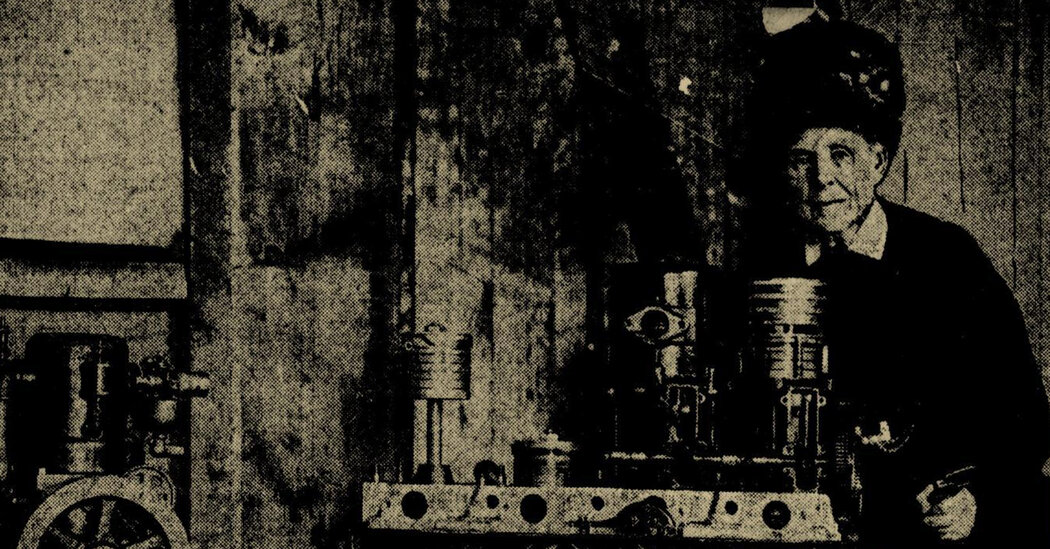She came up with a method of automation so that workers would not have to make the bags by hand. Then she fought for credit for her work.
This article is part of Overlooked, a series of obituaries about remarkable people whose deaths, beginning in 1851, went unreported in The Times.
The flat-bottomed paper bag is a marvel of quiet utility. It stands tall at the checkout counter of grocery stores ready to cradle the essentials of daily life — from fresh produce to a warm baguette, magazines or a carton of eggs. Billions of shoppers around the world carry them in their arms as they exit supermarkets and department stores.
But it might not have been as ubiquitous today — so much more useful than the envelope-like paper bags that were commonly used before — were it not for the innovative mind of Margaret E. Knight, who was arguably the most successful female American inventor of the 19th century.
In 1867, Knight was working as a bag bundler at the Columbia Paper Bag Company in Springfield, Mass., where she abhorred the cumbersome and time-consuming method of making every paper bag by hand. She sought a way to automate the process.
“She began to experiment with a machine that could feed, cut and fold the paper automatically and, most important, form the squared bottom of the bag,” Henry Petroski, a Duke University engineering professor and technology historian, wrote in American Scholar magazine in 2003.
